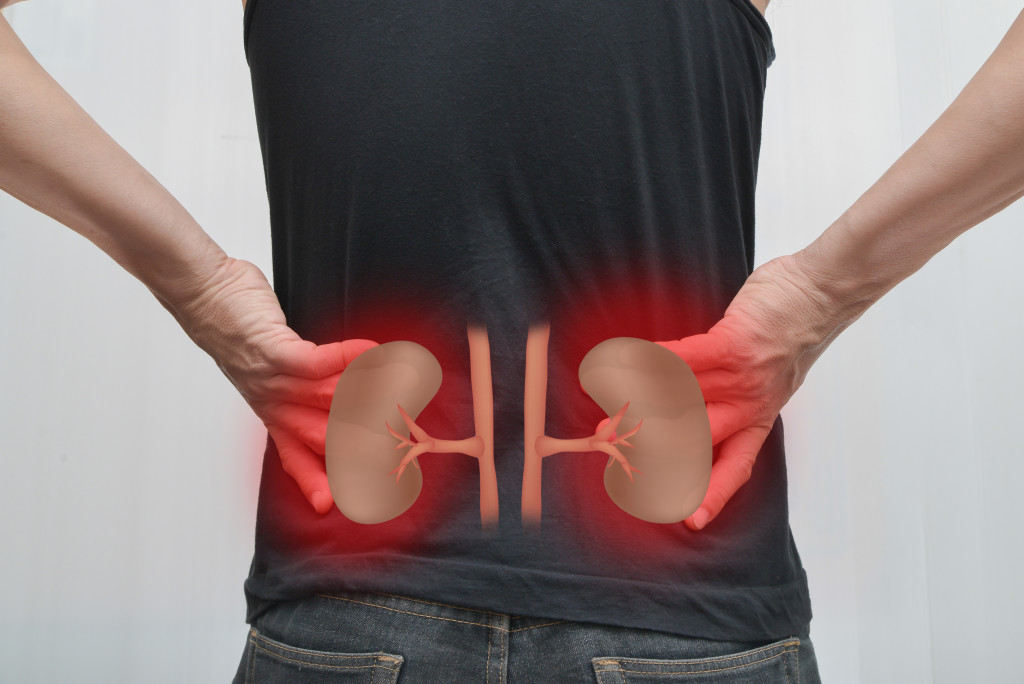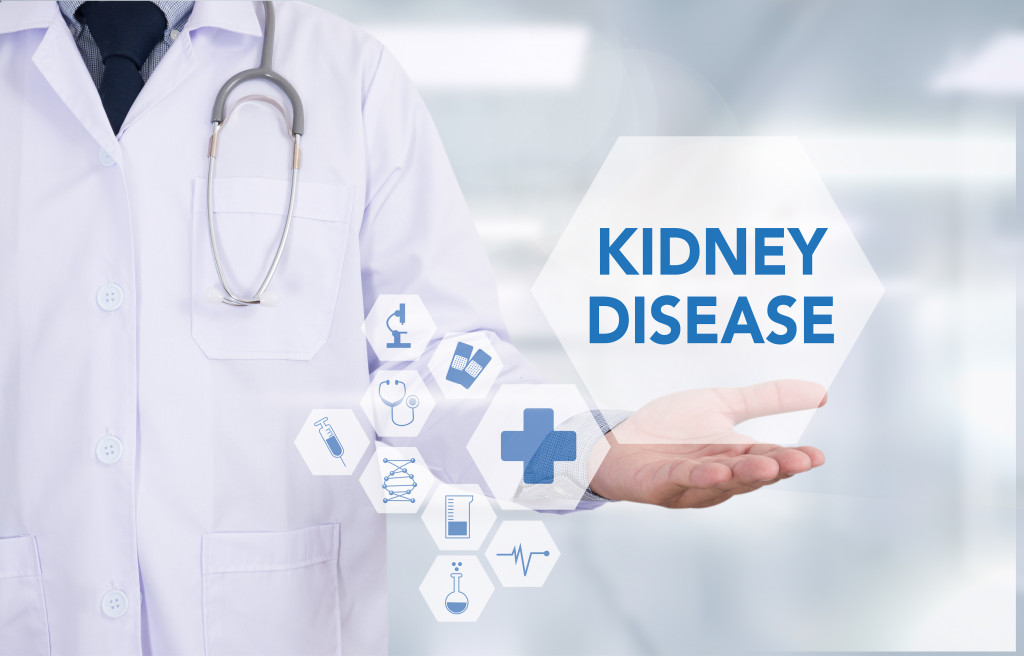Chronic kidney disease (CKD) is a severe medical condition that affects millions of people each year. Unfortunately, many myths and misconceptions about chronic kidney disease abound, potentially preventing affected individuals from getting the critical care they need.
The following are five common myths about chronic kidney disease – and the truth behind them.
1. Chronic Kidney Disease Is a Death Sentence
This statement might have been true many years ago. Today, more patients with CKD live for years or even decades. According to the National Kidney Foundation, someone who starts their dialysis as a stage 5 patient can live between five and ten years.
However, some exceed expectations and enjoy life 20 to 30 more years. Even without a transplant, younger patients could typically live for at least 14 years.
Of course, many factors can still affect outcomes. For example, if a patient has other health complications, their prognosis can worsen. Age is also a risk factor.
Overall, though, while CKD remains a severe condition that needs immediate treatment, patients can expect to live longer lives.
2. Chronic Kidney Disease Is Only Caused by Diabetes and High Blood Pressure
While diabetes and high blood pressure are two significant risk factors for CKD, they aren’t the only ones. Other causes include:
- Infections of the kidneys or blood: Bacterial, viral, and parasitic infections can lead to CKD.
- Glomerulonephritis: This condition is caused by inflammation of the glomerulus, a part of the nephron containing capillaries used to filter waste products. Glomeruli are most commonly affected by lupus and other autoimmune disorders.
- Kidney stones: CKD can develop when kidney stones damage renal tissue.
- Obstructions or other blockages in the urinary tract: These obstructions also cause damage to the kidneys.
- Family history of kidney disease: If a patient’s relatives have a history of this disease, they may be at greater risk.
- Lifestyle choices: Unhealthy habits such as smoking, inadequate exercise, and poor diet can also lead to CKD.
- Medications: Some medications, including common painkillers, can damage the kidneys.
- Exposure to toxins: These can include metals (like lead and mercury), solvents, and some industrial chemicals.
All these risk factors also mean that CKD can be preventable. By adopting a healthy lifestyle and avoiding harmful toxins, patients can significantly lower their chances of developing kidney disease or delay its progress.
3. Chronic Kidney Disease Doesn’t Have Treatments

While there is no cure for kidney failure, patients can still get treatment. One common form of treatment is dialysis, which cleans the blood and removes excess water. Many clinics and hospitals now set up dialysis care partnerships to bring these treatments closer to the patients.
Dialysis also comes in different types. Patients can use hemodialysis, which uses a machine to filter blood. Meanwhile, peritoneal dialysis also comes in two forms: continuous ambulatory peritoneal dialysis (CAPD) and automated peritoneal dialysis (APD). In both procedures, the patient’s stomach or abdominal lining acts as the filtering system.
Another necessary form of treatment is a kidney transplant. Doctors use an organ donor’s healthy kidneys to replace damaged ones in this procedure.
4. CKD Is Rare and Only Affects Elderly People
While it is true that CKD is more common in older people, it can affect anyone. According to the CDC, 15 percent of US adults or over 30 million people have this condition. At least 90 percent don’t know about it yet or remain undiagnosed, while 40 percent may already have severe CKD without their knowledge.
Children can also develop the disease, especially if they have a family history. Around 10,000 teens and children have been diagnosed with end-stage renal disease or kidney failure.
5. Chronic Kidney Disease Is a Sudden Condition
There’s a vast difference between chronic and acute kidney disease. The latter happens suddenly, and often the symptoms worsen in a short period. However, it is also more treatable and curable than chronic kidney disease.
However, people believe that CKD is a sudden condition because symptoms can progress quickly over time or the speed at which they become diagnosed. In reality, it’s a disease that likely has been going on for years.
The problem is the symptoms might have been so vague at the time. These include fatigue, malaise, nausea and vomiting, and frequent urination, which one can attribute to a host of other diseases. Many who learned about CKD discovered it accidentally, such as when they underwent a routine health exam.
Chronic kidney disease is a serious and common health condition that affects millions of people in the United States. It can lead to renal failure when the kidneys can no longer filter waste products from the blood. While there is no cure for this disease, treatments are available to help patients live everyday lives.

